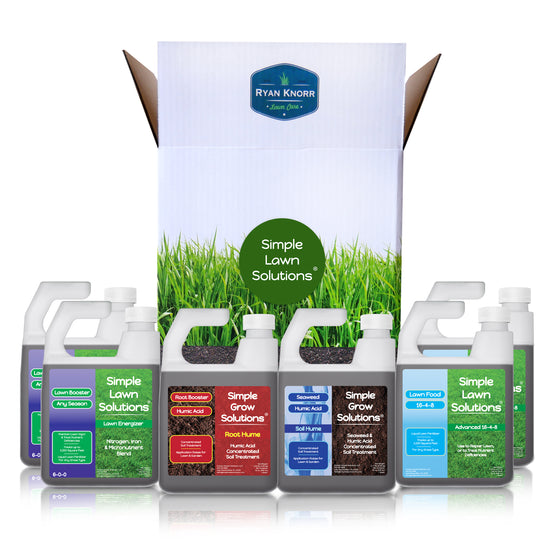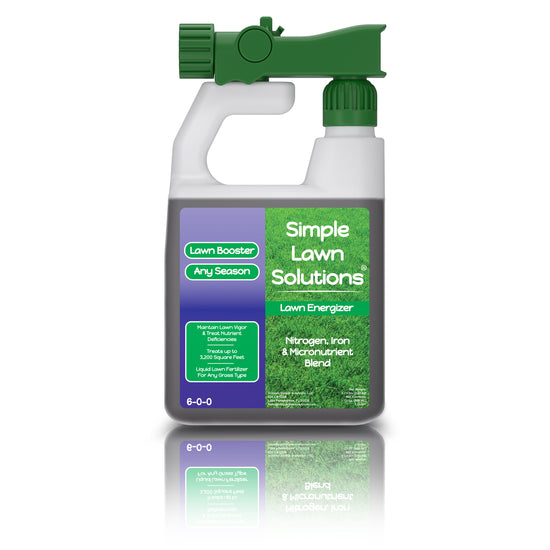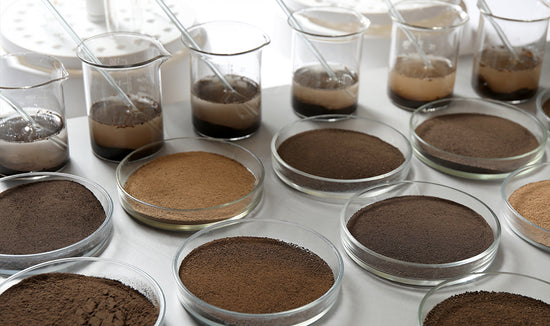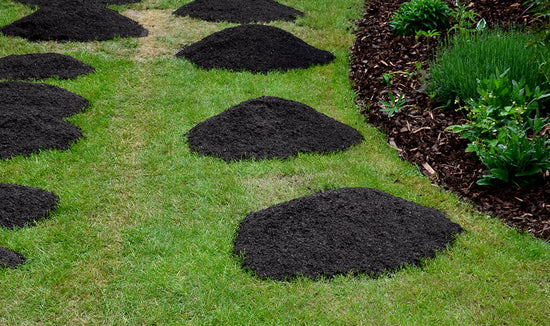It’s natural to be nervous about how your grass will respond to a drop in temperature or if your lawn can handle the snow and ice. Luckily, since you’re reading this, you’ve probably found lawn solutions for the winter months and are looking to what’s next. Just like you have to spring clean your house, it's important to prepare the outdoors for spring as well!

Our 7 steps to a spring-ready lawn are:
1) Clean Up
2) Weed
3) Aerate
4) Seed
5) Fertilize
6) Water
7) Mow
Clean Up Your Lawn
The first of our lawn solutions for anybody preparing their lawn for the spring season is to CLEAN! During the winter, a lot fell onto, blew into, or piled up in your grass. You must pick up any twigs, branches, and debris that you see lying around your lawn.
Once you do that, you’ll find a layer of thatch. Thatch is decomposing grass tissue that lies between the green vegetation of the grass above and the root system and soil below. The best way to get rid of thatch is to start with a thatching rake, move in the same direction, and then clean the lawn with a metal leaf rake.

Weed Your Lawn
Now that your lawn is clean of winter, you must move on to the next lawn solution, which is to weed your grass. Weeds compete for nutrients and space, making them a problem in many people’s lawns.
In the north, you most likely don't have weeds popping up just yet, but it is essential to prevent them through the application of either mulch or chemicals.
In the south, you have to eliminate the weeds that have popped up. This can be done by physically digging or pulling as well as through spot-treating with an herbicide. It is important to note that herbicides are most effective on days between 60 and 70 degrees Fahrenheit.
Aerate Your Grass
You must aerate in the springtime.
Soil is very compact after winter, especially if people or animals have stepped all over your lawn, beating snow down onto it. All your lawn is looking for is to breathe and move nutrients around again.
Seed Your Lawn
Now that the snow and ice (if you get that where you live) have melted and the debris is gone, do you find the grass a little…sparse/dull? Dry spots, bald spots, thin spots, etc.? There are lawn solutions for that!
There are two types of seeding that you should consider: overseeding and spot seeding. Overseeding is for larger areas of a lawn where the turf is thin, but not completely bare. Spot seeding is best on the few bare or damaged areas of your lawn.
Once you’ve evaluated what your lawn needs, be sure to cut your lawn short, rake it, and remove any further debris. Then, simply spread the seed according to the label directions and feed and water as per usual!
Fertilize Your Lawn
Once your lawn has been cleaned, seeded, and aerated, you're ready to get back to your regular lawn care routine. The first step in this, of course, is fertilizing!
Be sure to wait about 3 weeks after your grass starts greening again to fertilize in the spring. This ensures 1) you are not feeding any pesky winter annual weeds that are still dying and 2) that the roots are strong enough to support blade growth again.
If you're looking for a fertilizer, you can elect to go with a dry one or a liquid one. It is entirely up to preference, but we suggest a liquid fertilizer, as this guarantees a complete balance of necessary nutrients across every inch of your lawn.

Water the Grass
Everyone's lawn needs watering, but where that water comes from completely depends on where you live. If you live where the climate is dry, then stick to a watering schedule. If you live where "April showers bring May flowers," pay attention to that rain! Don't water your lawn unless you have to. It's better to let it happen naturally.
Mow Your Grass
Keep that spring-ready lawn looking fresh all season long by regularly mowing (when your grass is long enough to require cutting, of course)! Avoid mowing too low, so that sunlight doesn’t reach the soil – this causes weeds and drought.
If you managed to survive the winter, you should have no problem tackling the spring. Lawn solutions for the spring months all lead back to one major thing: preparation. Our 7 steps should guide you through that preparation, arming you with everything you need for the spring.
If you have questions along the way, whether about specific timelines, climates, or products like a liquid lawn aerator, we at Simple Lawn Solutions are here to help. Visit our website and shoot us a message – we’re happy to work together with you!









